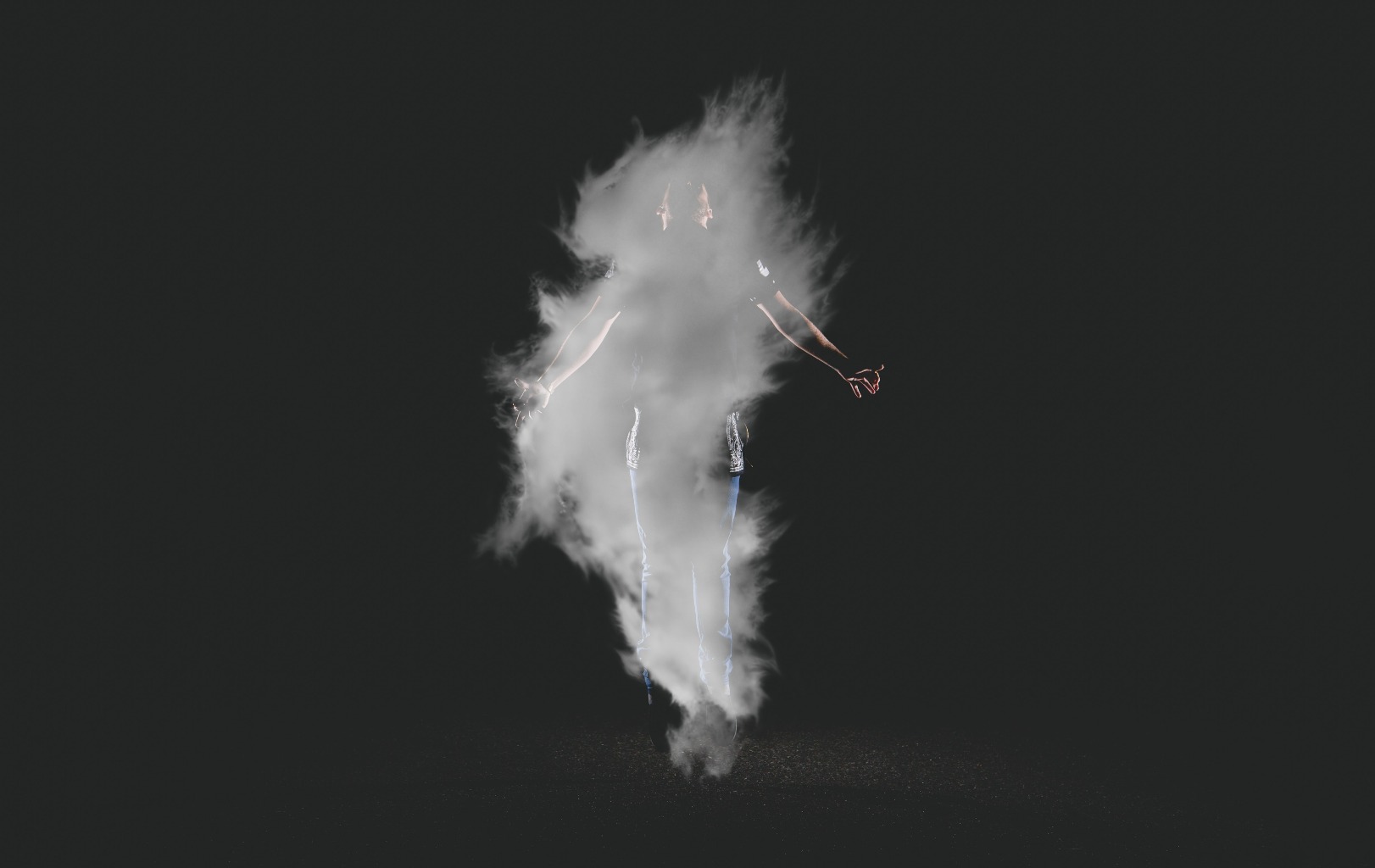
Charlie M. Holmberg has carved a niche for her fan-pleasing reads in urban fantasy young adult literature. Her series The Paper Magician is wildly popular and set her on a trajectory to becoming a bright talent in the fantasy genre. Disney+ has bought the film rights to the series and will bring the beloved books to the small screen on their streaming service.

Holmberg, after some nudging from her editors to expand her horizons, diverged from her usual Hogwarts-ish themes of magic in this series. Instead, she delved into a realm of mythology, religious and ruling class corruption, and forbidden magic.
Summary
In Smoke and Summons, Holmberg’s weaves a dystopian fantasy teeming with demons, their enslaved vessels, and the proverbial puppet master who rules them all. The Numina series is a gritty, raw urban fantasy steeped in Holmberg’s usual exquisite world-building but with more of an edge than her normally ethereal story-telling.

While this series is teeming with magical elements, Holmberg veers toward more mythic and religious themes in the Numina series. In book one, Smoke and Summons, we meet eighteen-year-old Sandis, who is a vessel to an ancient spirit called Ireth. The spirits, or demons, are summoned to earth to do the (usually nefarious) bidding of whoever summons them. To be a vessel for the demon, Sandis becomes enslaved by a man named Kazen (the summoner), who enslaves other “pure” teens (the hosts must be virgins) to use as vessels. Kazen keeps these young men and women imprisoned underneath the city of Dresburg, using the demons to increase his power over the city and its ruling theocracy.
Being used as a vessel has its consequences. Along with the seeming curse of having the power to host powerful demons, vessels like Sandis endure abuse and cruelty, which is emotional and psychological as well as physical. The vessels are also branded with the “demonic” script down their spine, a visible and visceral reminder of their forced servitude. The society and ruling theocracy in which Sandis lives deems all vessels blasphemous and worthy of punishment, as “any connection to the occult, even against [their] will, would sentence [them] to the noose.”

Sandis, by piecing together what her master tells her, becomes aware she is being used for horrific things, “of being made a weapon.” And with her ability to host more powerful demons than any other vessel, Sandis knows the violence she is forced to be a part of will only get worse. Then, after witnessing the death of one of her fellow vessels, she feels she must escape the clutches of Kazen so she won’t suffer the same fate. Yet despite fleeing her underground prison, Sandis knows Kazen will not rest until he’s found her, as she is his most prized and powerful vessel.
Once on the outside, Sandis meets Rone, an unlikely ally. Rone, a street-wise citizen of the city of Dresburg, is a thief struggling just to make ends meet. But he possesses a rare device that allows its user to become immortal for one minute. Sandis immediately knows his strange gadget will be the key to her fight for freedom from Kazen and the demon inside of her. After Kazen gathers all his forces to find her, Sandis must put all her trust in this new stranger, and his curious possession, in order to outwit her pursuers.
The Review
Fans of Holmberg’s other series will no doubt enjoy this book too. As usual, it is a fast-paced page-turner that will keep you up late at night reading. While Holmberg’s prose isn’t going to transport you to the heavens with poetically-phrased sentences, the plot is well-done and the story doesn’t end on the last page, leaving you wanting more.

Many critics and readers alike have slammed Sandis as being a meek, subservient, unconfident, virginal portrait of the traditional damsel in distress. What you have to see is Sandis’ growth throughout the entire series to make a decision about her. So because of her past she’s submissive in the beginning; of course, she’s unsure of herself.
She has lived most of her life as a slave who acted docile and subservient to stay in the good graces of her master, as Kazen will punish her fellow vessels in front of her if she does anything wrong. The other slaves we meet who live with Sandis act the same way. They just want to survive, as acceptance makes “the transition more bearable.”
She’s got strength
Firstly hosting a demon means Sandis, as a vessel, will feel extreme pain when the demon is summoned into her. So much so that she becomes unconscious, and cannot usually remember the summonings, only flashes, like “white-hot fury”, sirens in her ears, and her body “pulled part, breaking, snapping.” After a summoning, she wakes up in searing pain, barely able to move, open her eyes in the light, or even sit up. The fact that she endures this physical torture constantly yet keeps going day after day is a testament to her strength—physical, mental, and emotional.

She’s got heart
Sandis has a huge heart capable of love despite her past trauma. As a young teen, she was snatched from the street to become a slave to Kazen, believing her younger brother was killed when she was taken. Left an orphan, and despite years of being chained underground, only allowed outside to do harm to others via her master, she allows herself to care deeply for and take care of her fellow prisoners.
When she does escape, her first thought is to take the others, but realizing it is too big of a risk for them all to leave “press[es] thorns into her heart” and she prays “for each person...at least the ones she knew by name.” Even after years of imprisonment and torture, Sandis’ heart has not become hardened to others’ suffering; if anything, she is even more in tune with it. She also shows great bravery in the very act of escaping, as she’d “either have her neck in a noose or between Kazen’s hands” if she were caught.
Give Sandis a chance
We as readers also can’t expect Sandis’ meekness and submissiveness to suddenly disappear as soon as she’s free from her prison. She removes herself from ground zero of her trauma—the underground prison—but it doesn’t mean her trauma stays underground with Kazen and the other vessels. Her trauma is a scar she carries with her, not only marked on her body in brands, but in her very spirit.

But despite her trauma, or maybe because of it, she has the strength and bravery to stop her greatest enemy and create better lives for the people around her. Her journey becomes more than just freeing herself and fellow slaves or finding a family. Once she learns Kazen is summoning a demon that will destroy the city of Dresburg, and perhaps the whole country of Kolingrad, she is determined to use her powers as a vessel to stop Kazen from destroying this strange and beautiful world she’s growing to love. She’s willing to risk her life to save humanity as a vessel, as “the power of a god [consumes] her mortality whole.”
While Holmberg’s Smoke and Summons isn’t a great feminist text or one of the best urban fantasies ever written, she has created an endearing character in Sandis. Her weakness is her strength; her flaws make her a gem. She has grit, determination, and a fiery yet tender spirit. Give Sandis a chance and read the entirety of the series; you won’t regret it.